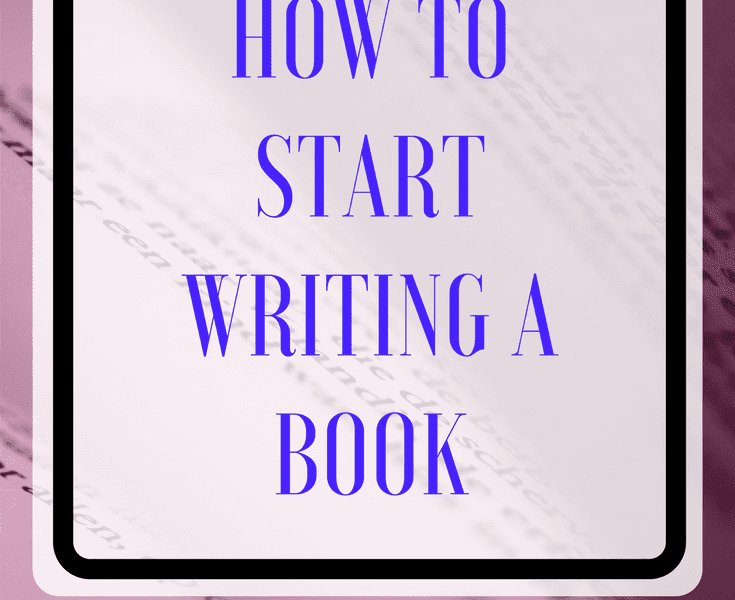A few weeks ago, I spoke at Jefferson Primary School in West Virginia, and I asked the kids what they thought authors did when they decided to start writing a book. The answers varied with each class I spoke to, and I got several different answers from each group. Honestly, these kids gave me some great responses!
My favorites were “come up with an idea to write about” and “do some research.” These kids got it, and they were only between five and ten years old.
Most people realize that you don’t just sit down at your desk and start writing. (Though, honestly, how cool would it be to sit down and bang away at your keyboard, writing your entire novel perfectly stream-of-conscious?) There is a process. You have things to consider before you get too far into your story. You want to make sure that you are on point so you don’t invest time writing half a novel only to discover that you are writing to the wrong audience or something doesn’t align with your purpose.
Although time spent being creative is never truly wasted, you want to make the most of your time. This is how I direct my clients’ thinking when we first start working together to ensure that they start off on the right track.
- Ideas and Research
Writing a book is ridiculously difficult if you don’t have an idea for one first, of course. When you first set out on your path, find a good spot to be creative, and dump all your ideas out on a Word document. They can be brilliant, preposterous, or anything in between. Write down any ideas you have so you can weed some out and select the best. Follow strange tangents and less other-wordly paths. Write words, or sentences, or paragraphs. Draw pictures. Clip out pictures from a magazine. Put together a board on Pinterest. Do whatever you like to develop a repository of ideas.
Then take a break.
When you return to your work, select the top 3-5 ideas—whatever clicks for you, whatever gets you excited—and make a separate list/drawing/board with just those. Do they work together? Does one stand out? Figure out which one you want to work with now, and save the rest for the next book.
2. Audience & Purpose
Next, look at who your audience would be for the story idea. Is this an audience you feel comfortable writing for? Do you need to change something about your story to make it appropriate for a different audience? Consider every aspect of the person who would read your book: what they look like, where they hang out, their hobbies, etc. This is your ideal reader.
Determine what your purpose is for the book. What does your audience want or need? As you write, you will have to keep this purpose in mind.
You might think that fiction writers don’t need to worry about purpose, but that isn’t so. We want to make the audience laugh, learn a lesson, grow attached to a character, long for the sequel, etc. We have a purpose for the book, just like nonfiction writers.
3. Genre
Readers have certain expectations about the book depending on the genre. This can be as simple as the length or tone of the book or more involved, such as plot devices or types of characters.
Research your genre a bit to discover what readers will expect from you. Look at other books from the same genre inside and out. Read a couple pages, review the back blurb, and examine the cover image. You can learn a lot from those who have been there before.
4. Style/tone
Your writing style and tone of voice can either draw your reader in or turn them off. Consider what is common for your genre. Read over a few pages from another book in your genre before you write your own. Because we are natural mimics, this helps you write in the correct style and tone for the genre.
Your writing style can be unique to you, but remember that it needs to align with your genre or you may have trouble attracting the readers you want. Have you ever read a romance with a punchy writing style? If it’s a special sub-genre, then you might have. Mainstream romance? Doubtful.
5. Call-to-action
Both fiction and nonfiction may have a sequel to their book, so including an excerpt or information about where to purchase it is considered a call-to-action as well. Let’s keep those engaged readers reading!
And don’t forget social media. Encouraging readers to follow you on Facebook, Twitter, YouTube, etc. will keep them connected to you long after they have finished reading your book. Writers may also want readers to follow their blog or events listed on their website.
For the nonfiction crowd, include a specific call-to-action at the end of your book. You might want your readers to connect with you via a Facebook group, visit your website for some printables, or answer questions and practice the steps you mention in each chapter. Nonfiction writers can easily pinpoint what they want their readers to do based on what they want to offer via or after the book.
When you start writing your book, you have a lot to think about, so plan out some serious writing sessions, open up your imagination, and pinpoint what you need to keep in mind while you’re writing. And when you finish your work of genius, take a break for at least a couple weeks—hey! you deserve it!—and then follow up with a thorough edit that examines whether you followed the path you laid out for yourself.
Want a little help? Shoot me a message, and we will set up a free 30-minute session to help you get started on your book.

